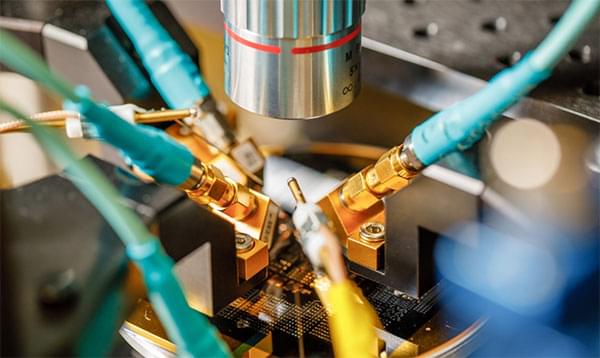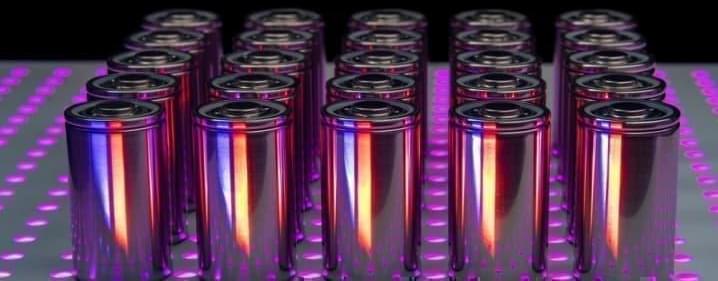May 10, 2024
Good vibrations: New tech may lead to smaller, more powerful wireless devices
Posted by Dan Kummer in categories: mobile phones, particle physics
What if your earbuds could do everything your smartphone can do already, except better? What sounds a bit like science fiction may actually not be so far off. A new class of synthetic materials could herald the next revolution of wireless technologies, enabling devices to be smaller, require less signal strength and use less power.
The key to these advances lies in what experts call phononics, which is similar to photonics. Both take advantage of similar physical laws and offer new ways to advance technology. While photonics takes advantage of photons – or light – phononics does the same with phonons, which are the physical particles that transmit mechanical vibrations through a material, akin to sound, but at frequencies much too high to hear.
In a paper published in Nature Materials (“Giant electron-mediated phononic nonlinearity in semiconductor–piezoelectric heterostructures”), researchers at the University of Arizona Wyant College of Optical Sciences and Sandia National Laboratories report clearing a major milestone toward real-world applications based on phononics. By combining highly specialized semiconductor materials and piezoelectric materials not typically used together, the researchers were able to generate giant nonlinear interactions between phonons. Together with previous innovations demonstrating amplifiers for phonons using the same materials, this opens up the possibility of making wireless devices such as smartphones or other data transmitters smaller, more efficient and more powerful.


















